SPL Lighting G9 LED bulbs
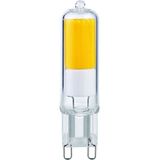
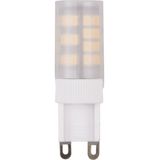
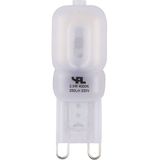
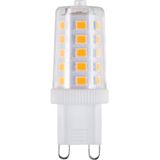
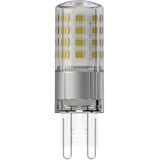
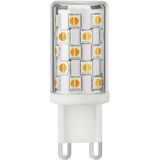

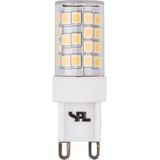

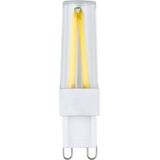
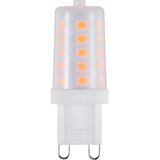
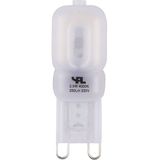
spl lighting g9 led bulbs formats and output classes
G9 capsules target mains fittings where halogen once lived. Bodies range from ultra-compact silicone sleeves to glass or ceramic cores with opal jackets. Typical nodes: 2.5/3/4.5/5 W delivering about 200/300/420/500 lm with near-omni distribution (~270–320°). Colour packs 2700/3000/4000 K; CRI 80 is standard, with CRI 90 (often R9 > 50) stocked for wood, fabrics, and food tones. Operating window usually −20…+40 °C; hold Tc ≤ 85 °C—tight shades or insulation against the crown will shorten life and nudge colour.
spl lighting capsule led lamps construction and optics
Glass “mini capsule” styles keep the classic look for visible fixtures; silicone compacts squeeze into tiny chimneys; ceramic-core/opal sleeves run cooler and read softer in mirrors and bedside heads. Beam is quasi-omni; forward bias appears on taller opal sleeves that sit deep in the holder. Binning on project lots stays within ≤3 SDCM so rows don’t drift across phases.
Drivers and dimming behaviour
These are 220–240 V self-ballasted capsules. Trailing-edge (RC) dimmers are the safe pick; many SKUs list tested leading-edge (RL) channels. Expect ~5–100% on clear glass and ~10–100% on opal when the channel load sits in the dimmer’s stable window. Professional batches target PF ≥ 0.90 from ~4–5 W upward, THD ≤ 15 %, and low modulation light (PstLM ≤ 1.0, SVM ≤ 0.4) for camera-heavy rooms. Very light loads on multi-gang plates can shimmer—aggregate or add the specified bleed.
spl lighting decorative g9 lamps variants and finishes
Clear glass capsules give point-source sparkle in crystal arms and open sconces. Opal jackets calm luminance in close sightlines and glass chimneys. Tints (amber/smoke) exist for period ambience; choose CRI 90 at 2700 K when faces, timber, and food are in the scene. For compact metal shades, short-body capsules keep the lamp below the cut edge so the source isn’t directly visible.
Fit, heat, and holders
Overall length matters: LED G9s are often taller than legacy halogen. Common envelopes sit ~45–60 mm tall; check shade depth and cage clearance. Use heat-rated lampholders (≥T150) in enclosed cups; keep fabric and foam away from the crown. In metalware, add insulating washers to maintain creepage/clearance to live parts.
Standards, safety, and marking (concise)
Safety/marking: IEC/EN 62560. LED source/driver: EN 62031, IEC 62384, EN/IEC 61347-2-13. EMC: EN 55015/EN 61547. Mains quality: EN 61000-3-2/-3-3. Photobiological safety: EN 62471 RG0/RG1 on typical outputs. Labels print lm/CCT/CRI/PF/THD/dimming icon and envelope size so store teams pull the right carton.
Series map and quick selection
- Mini Glass — smallest footprint, clear capsule look; best where the lamp is visible.
- Silicone Compact — ultra-short bodies for tiny chimneys and tight sconces.
- Opal Ceramic — softer luminance, better thermal headroom in enclosed shades.
- High-Output — 4.5–5 W, ~450–500 lm for slightly higher ceilings without changing the fitting.
Pick like this:
- Photometry: 200–300 lm for decorative arms; 350–500 lm for task-adjacent sconces.
- Luminance: clear for sparkle; opal for comfort near eyes and mirrors.
- Colour: 2700 K for dining/guest, 3000 K mixed areas, 4000 K mirrors; lock CRI by task.
- Dimming: declare channel type and minimum level on the drawing.
- Envelope: verify overall height vs shade/cage; confirm “enclosed-fixture suitable” when airflow is poor
spl lighting g9 retrofit bulbs notes for change-outs
Lamp-only swaps keep trims and shades. Mirror the tender phrase on labels but pin envelope height, lumen class, CCT/CRI, and dimmer type on the same line. Where estates mix caps, tag plates clearly so G9 sockets aren’t cross-filled with other formats during maintenance.